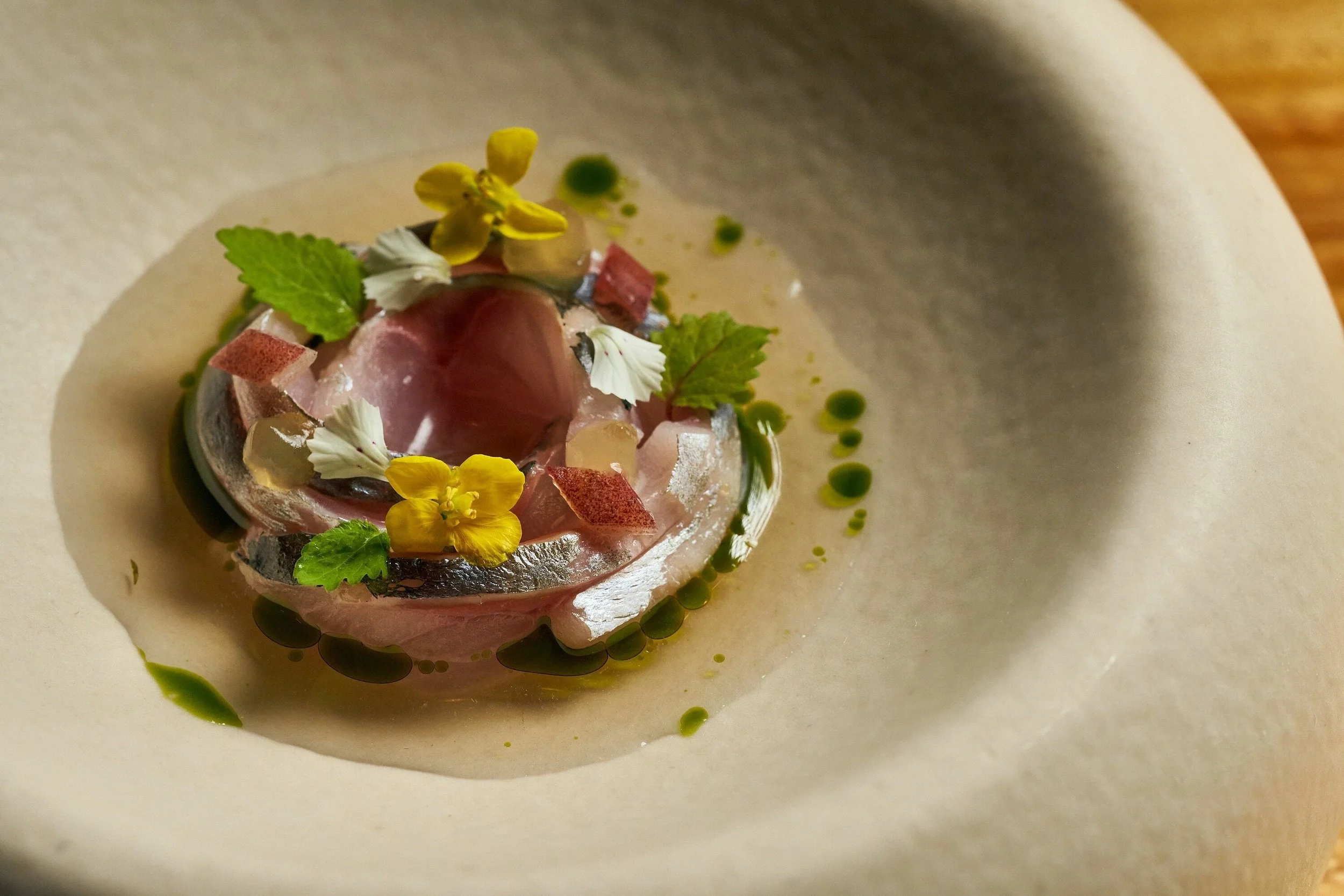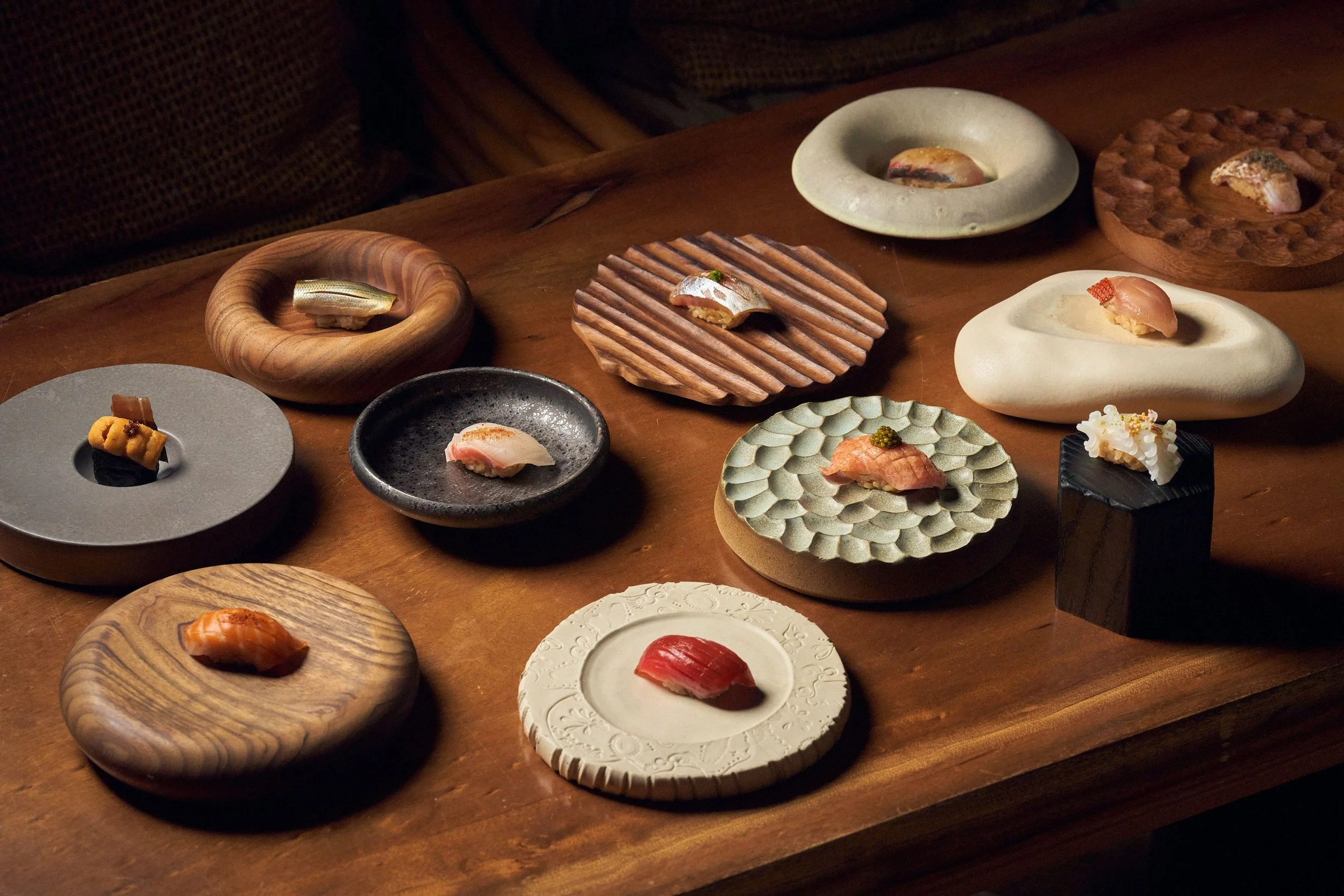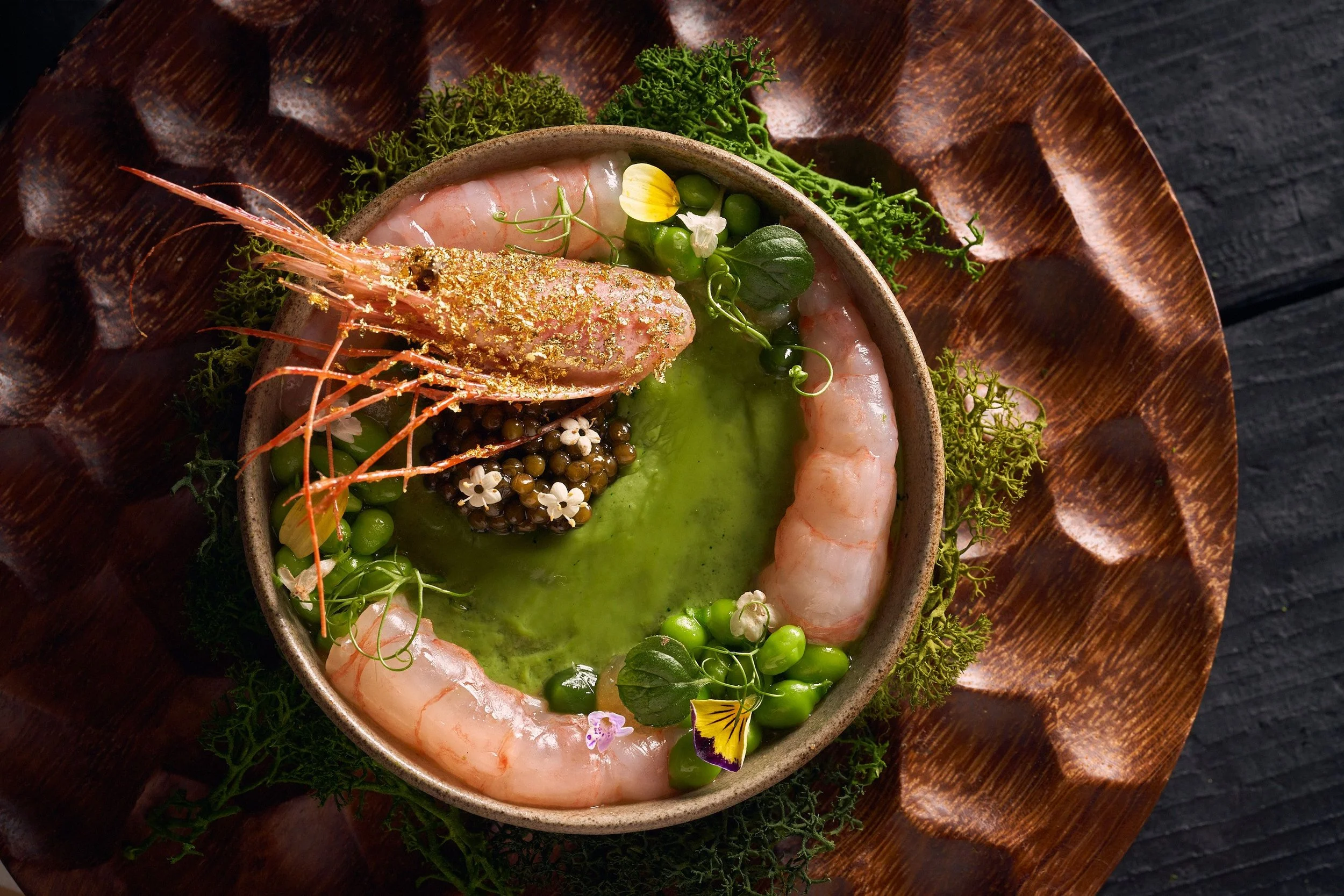MILA
Masterclass
MILA’s Omakase Masterclass Takes You Behind the Sushi Counter
Written by Eric Barton | May 2, 2025
AUTHOR BIO: Eric Barton is editor of The Adventurist and has reviewed restaurants for more than two decades. He’s had one failed at-home sushi-making experiment. Email him here.
Most of the time when I’m writing about sushi, I’m doing it from the other side of the counter, watching the knife work like I might study sleight of hand. But when I heard that MILA Omakase was inviting civilians behind the counter for its Sushi Masterclass—complete with instruction, a custom apron, and a bonbon box—I had questions. Namely: Who in their right mind trusts me with a yanagiba knife?
To find out more, I caught up with MILA sushi chef Reiji Yoshizawa, who explained how the once-a-month class turns guests into apprentices, if only for a couple of hours. Limited to just ten people, it’s part tutorial, part ceremony, and part seafood flex, depending on which tier you choose. And yes, they’ll let you eat what you make—assuming you don’t ruin the toro.
You were born on the Pacific island of Saipan and raised in Manila. What was that like?
Being raised in Manila helped me understand how to be a true Filipino. Family was everything—big Sunday lunches with adobo and sinigang and karaoke sessions belting out OPM classics.
My parents moved to the Philippines when I was only a year old, but I moved back to Saipan in 2016 and lived there for around two years. That experience taught me to appreciate living life in the simplest way.
Watching your mother and grandmother prepare dishes when you were a kid, what did you pick up from them?
The basic and the most important part of cooking, which is love. Cook every dish for your guests as if you are cooking it for your loved ones.
What kind of dishes were they making at home? And did that influence your cooking?
Very classic and traditional Filipino dishes like adobo, kinilaw, sinigang, kare kare from my mother side. From my father side, Japanese dishes like yakisoba, Japanese curry, tempura, okonomiyaki. Having all these amazing dishes growing up helped me understand the fundamentals of cooking and exposed me to different types of flavors. It helped my cooking to be innovative but also staying true with the traditional flavors of Japanese and Filipino cuisine.
You were an intern at The Setai just 13 years ago, and now you're omakase chef at one of the country’s most profitable restaurants. What did you learn from that climb?
I learned that with hard work and dedication to your craft, it will be recognized and it will pay off in the end.
Omakase grew rapidly in Miami in the past five years. Why the change?
Miami’s culinary scene is evolving. A lot of our local diners are longing for something new with their dining experience. It’s also the demand, since a lot of people from other states like New York and California have moved to Miami.
When you're not at work, where are you eating?
I cook a lot at home, mostly Filipino dishes and whatever my wife craves.
What's next for you and for the Mila omakase counter?
For us to be known not only in Miami but also in the world.









